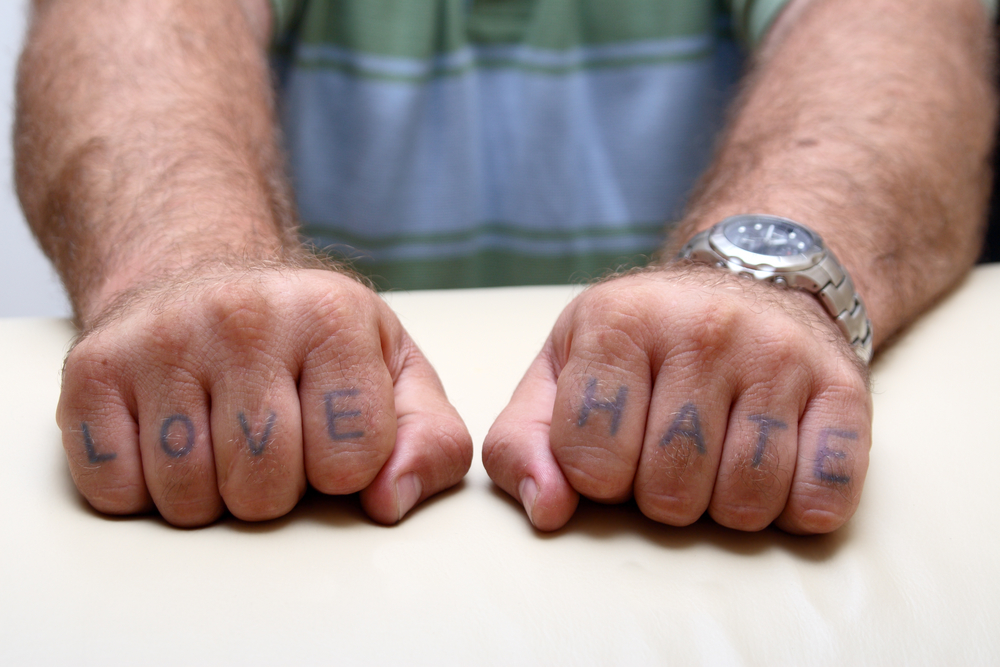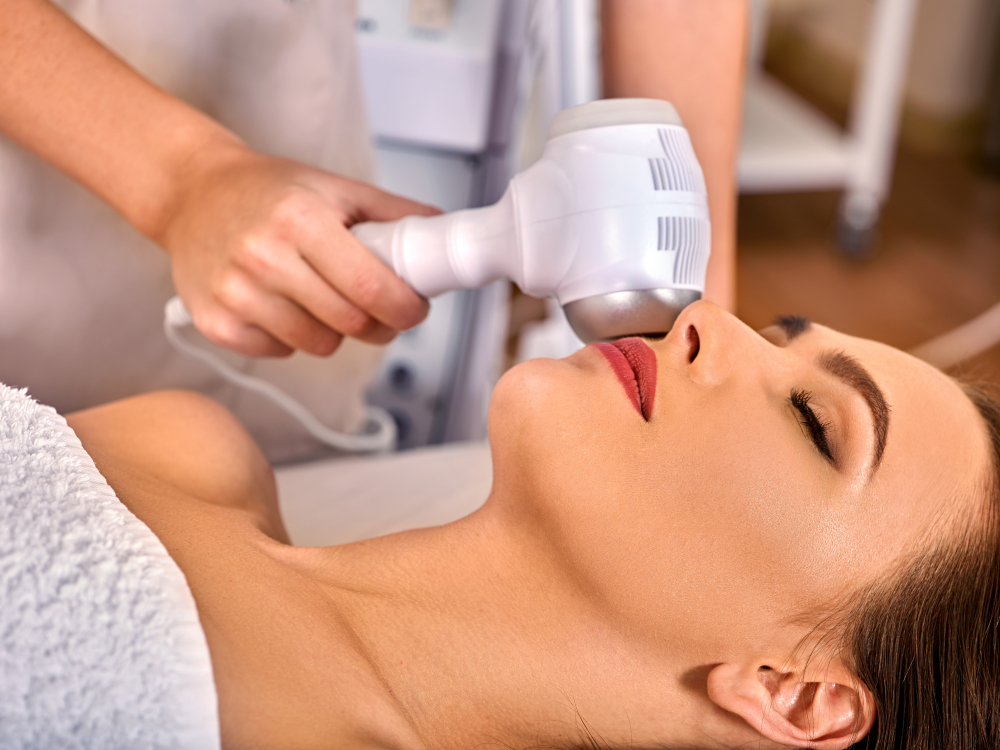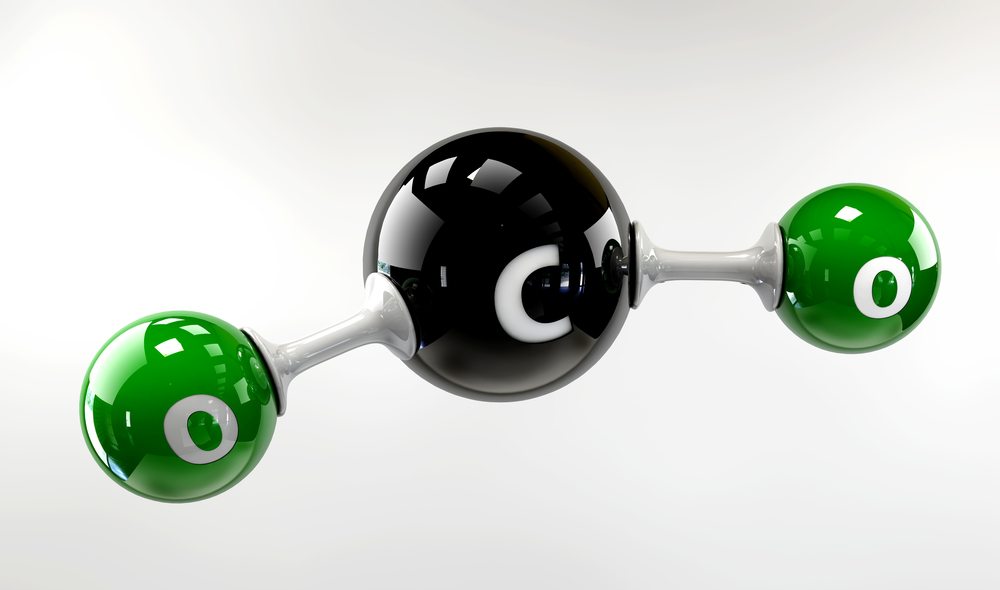- Bellafill is a long-lasting facial filler used to treat smile lines and acne scarring.
- It contains a combination of acrylic microspheres, natural collagen, and lidocaine.
- An allergy test is required prior to administration.
What is Bellafill?
Bellafill® is a long-lasting, injectable filler used to smooth away smile lines (nasolabial folds) and fill in acne scars. The injection is made and marketed by Suneva Medical, Inc. and was previously called Artefill®. It has been FDA-approved for use in the United States since October of 2006, but an earlier version of the product (called Artecoll) has been used for scar and wrinkle correction in Europe since the 1990s.
According to the manufacturer, Bellafill can smooth out smile lines for up to five years and treat acne scars for up to one year. It is comprised of small “microspheres” made of polymethyl methacrylate (PMMA) and collagen derived from cows.
Interestingly, PMMA is the chemical name for acrylic, and is essentially the same as Plexiglas and Lucite. These ingredients may cause irritation in some patients, so the manufacturer recommends that an allergy test be administered before use.
Board-certified dermatologist Jennifer T. Haley, who attended the first formal training on Bellafill, emphasizes that the product must be administered only by a trained professional.
“Bellafill is composed of 80 percent bovine [cow] collagen, which is why an allergy test is recommended,” she says. “It is also recommended to have an evaluation by a core injector, such as a board-certified dermatologist, since the majority of side effects occur from improper technique.”
In addition to PMMA and bovine collagen, a small amount of the numbing agent lidocaine helps minimize discomfort during and immediately after injections.
How does Bellafill work?
The PMMA and collagen in Bellafill stimulate the body, triggering it to generate its own natural collagen. In a sense, the new collagen (from the injection) creates a “scaffold” with your body’s natural collagen, which helps to fill in facial wrinkles or deep scars for the long-term.
These ingredients are “non-resorbable,” which means that they won’t be absorbed into the body or metabolized. The PMMA microspheres in some instances remain at the injection site—which is usually just beneath the first layer of skin—for up to five years. For that reason, re-injections aren’t required as often as with other types of fillers.
According to Dr. Haley, Bellafill is particularly good for treating certain types of acne scars: “It’s especially indicated for distensible rolling scars. After multiple treatments it can be considered permanent, as it stimulates new collagen fibers to form two to three months after each series of injections.”
Bellafill before and afters
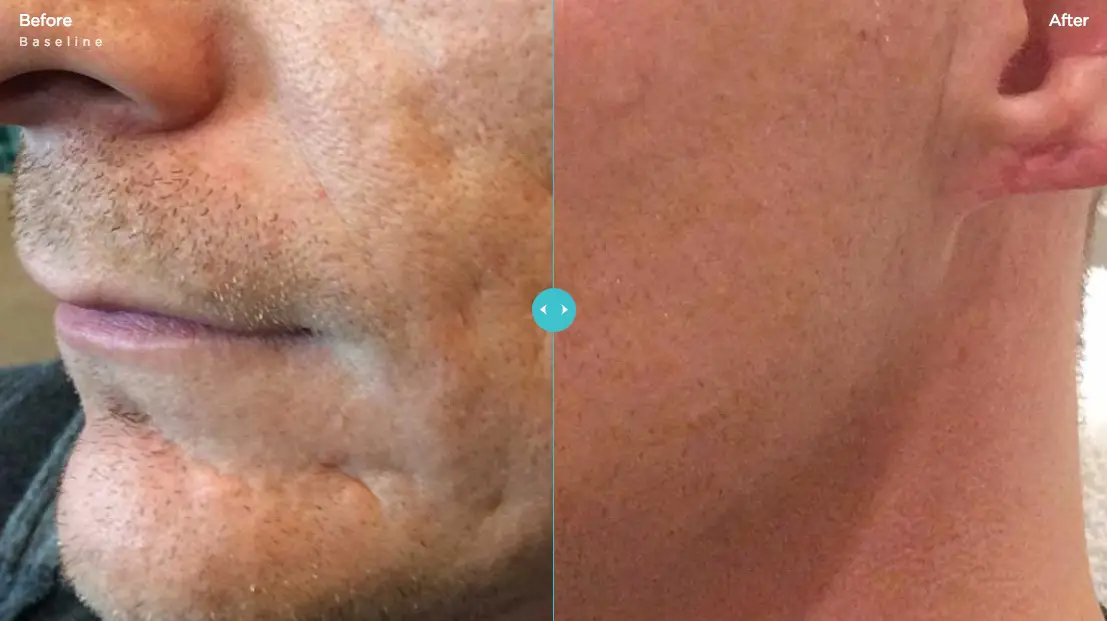
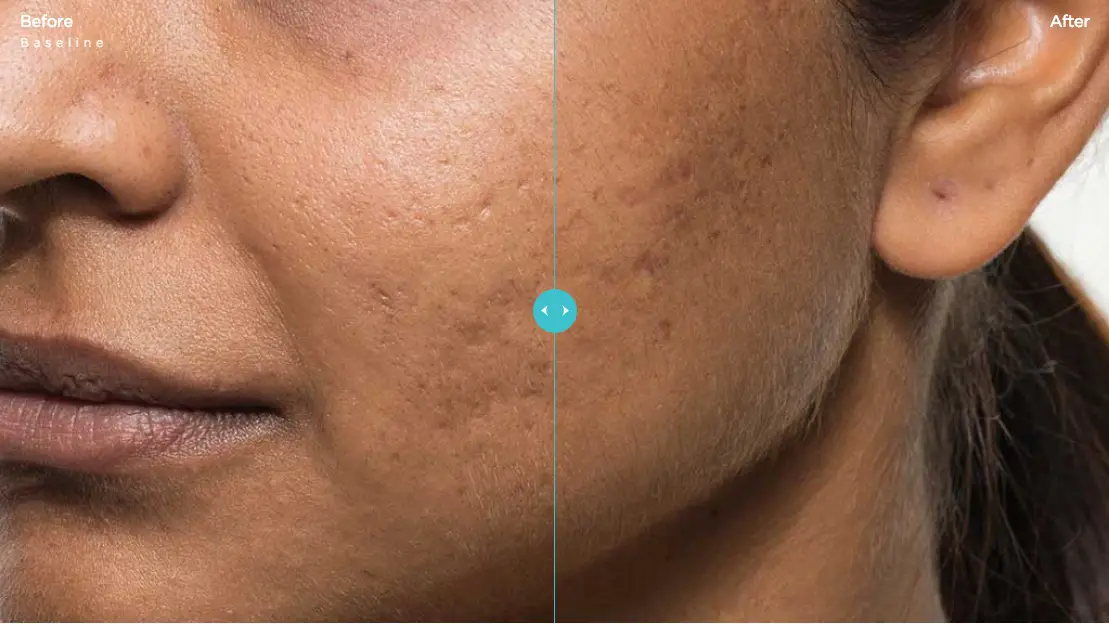

Where is Bellafill used?
Currently, Bellafill is only approved to treat smile lines and acne scarring.
Bellafill is said to reduce the appearance of smile lines immediately after it’s been injected, keeping the area smoother and younger-looking for up to five years.
When used to treat facial acne scars, the injectable dermal filler works for up to one year, with most patients seeing immediate results after a single treatment. According to the manufacturer, the solution fills in the acne scar formation by raising up and evening out the lowered skin.
Dermal fillers in general are good for pitted acne scars, but experts say that Bellafill won’t work on deeper, narrow scars. As mentioned by Dr. Haley, patients tend to see the best results when using Bellafill to remove rolling acne scars.
Clinical trials confirm that Bellafill is effective in treating both wrinkles and scarring. Studies submitted to the FDA showed that Bellafill had a retention rate of 87 percent after five years when used to treat smile lines. Another study showed that Bellafill maintained effectiveness in treating acne scars after 12 months, with about 71 percent efficacy at the one-year mark.
Just like with any other injection or filler, there are also many “off-label” uses for Bellafill. However, we highly recommend seeing a board-certified dermatologist or plastic surgeon for your Bellafill injections; be wary of any professional who recommends using the product outside of its FDA approvals.
How many treatment sessions are required?
Most patients require no more than three Bellafill treatments.
One of the great things about Bellafill, and injections in general, is that you can usually achieve your desired results in a single visit. That’s because an expert injector is usually able to correct small and large issues by tweaking the number of syringes used. Still, while you may only need one session, the number of injections required can vary drastically from one patient another.
Are there any side effects or complications?
Patients have reported some mild side effects. Some experience swelling, bruising, redness, itching, tenderness, or mild pain at the injection site for around 24 hours. Less often, patients experience rash, lumps, and longer-lasting sensitivity.
“Many people worry about granulomas, or hard nodules that may form in response to a foreign body,” says Dr. Haley, “but studies have shown that with proper injection technique and training by a core injector, less than 1% of people develop granulomas after five years.”
Who’s a good candidate?
Only people who are able to show that they aren’t allergic to lidocaine, PMMA, or bovine collagen are cleared to receive Bellafill injections.
“Prior to the procedure, it is recommended to have a skin test to the forearm and evaluate in 28 days,” says Dr. Haley. “If there is any redness, swelling, or itching to the site, treatment is contraindicated.”
Before use patients should also be evaluated by a dermatologist or core injector to determine whether or not the procedure will work on a specific skin issue — depending on your desired outcome, you may be a better candidate for another kind of injection or filler.
As with most cosmetic treatments, Bellafill shouldn’t be used by women who are pregnant or breastfeeding. It hasn’t been tested on patients 18 and under and shouldn’t be administered to minors.
How much does Bellafill cost?
Like any dermal filler, Bellafill varies greatly in cost depending on where you live and the intensity of your treatment. How many injections are required for ideal results varies greatly from patient to patient; some may require just one syringe, while others may need more.
The average cost of Bellafill is around $1,000 per syringe. Although compared to other fillers the cost of Bellafill is higher up-front, you may save money in the long run — in theory, you won’t require as many follow-up treatments, if at all.
Comparing Bellafill to other fillers
The primary benefit of Bellafill is that it lasts much longer than other facial fillers, but only when used to correct smile lines and certain kinds of scars.
The fact that Bellafill lasts longer has its drawbacks as well. Doctors warn that once an injection is complete, there’s no turning back. In other words, if you’re not completely pleased with your results, you’ll be stuck with them for several years.
Dr. Haley still recommends the gold standard of wrinkle softening—Botox and other neurotoxin injections—to smooth away any wrinkles caused by muscles, such as frown lines or crow’s feet. She also says that hyaluronic acid fillers like Juvéderm and Restylane are still preferred for treating nasolabial folds, lips, and hollowing around the mouth.
Should you try it?
As you can see, not all fillers are appropriate for all scenarios. But as far as long-lasting fillers go, especially in the treatment of smile lines and acne scars, Bellafill is shaping up to be a promising option.
If you’re interested, make sure to speak to a board-certified plastic surgeon or dermatologist about your specific cosmetic concerns and treatment options.
» Schedule a consultation to learn more about Bellafill and other facial fillers. Meet our Medical Review Team.






